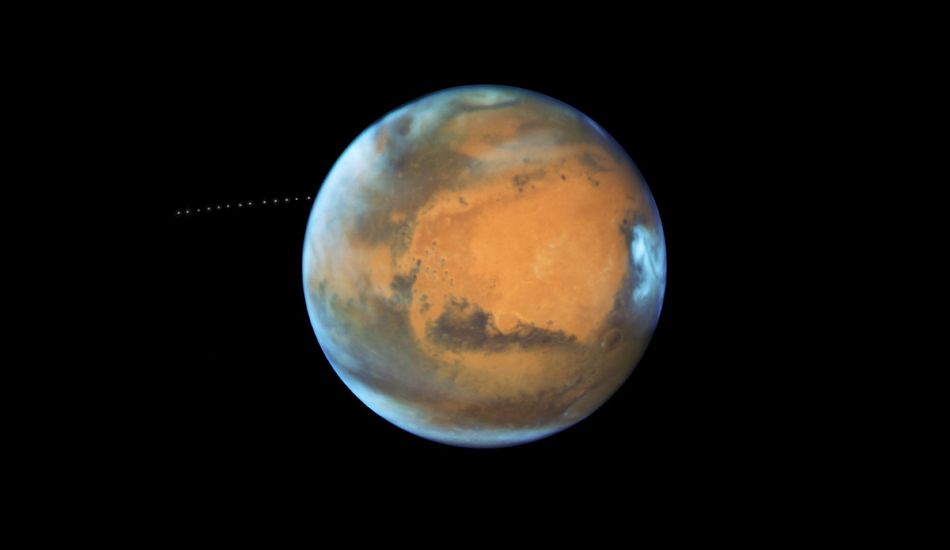
Perseverance Finds Strange Rock: A Martian Geological Puzzle
NASA's Perseverance rover has added another layer of intrigue to the Martian landscape with the discovery of a peculiar rock formation dubbed "St. Paul's Bay". This unusual rock, found near Witch Hazel Hill on the rim of the Jezero Crater, is composed of numerous small, rounded stones, each measuring several hundred millimeters in diameter. The origin and composition of these spherules are currently under intense scrutiny by the mission's science team.
A Martian Anomaly
What makes St. Paul's Bay particularly fascinating is its designation as a "float" rock, meaning it appears out of place within its current geological context. The individual stones exhibit a variety of shapes, ranging from oval to angular, with some displaying small cavities. This diversity has sparked considerable debate among scientists regarding their formation.
Possible Origins: Concretions or Volcanic Activity?
One leading hypothesis suggests that these spherules could be concretions, formed by groundwater percolating through rock pores over extended periods. This process would indicate a history of liquid water on Mars, a tantalizing prospect in the search for past or present microbial life. However, a contrasting theory posits that the spherules may be the result of rapid cooling of molten rock, potentially from a volcanic eruption. Similar formations on Earth can arise from both processes, making it challenging to definitively determine the Martian origin without further investigation.
Echoes of Past Discoveries
St. Paul's Bay joins a growing list of unusual geological finds on Mars. Earlier missions, such as the Opportunity rover, uncovered "blueberries"—small, hematite-rich spherules. The Curiosity rover also documented formations, like the "sheepbed," containing numerous small, rounded pebbles. More recently, Perseverance itself discovered a sedimentary rock formation with a "popcorn" texture in the Neretva Valley, further highlighting the diverse and complex geological history of the Red Planet.
The investigation into St. Paul's Bay continues, with scientists analyzing data from Perseverance's array of instruments, including SuperCam and Mastcam-Z. Understanding the formation of this enigmatic rock will provide valuable insights into the past environmental conditions on Mars and potentially shed light on its capacity to harbor life.
Source: Wired